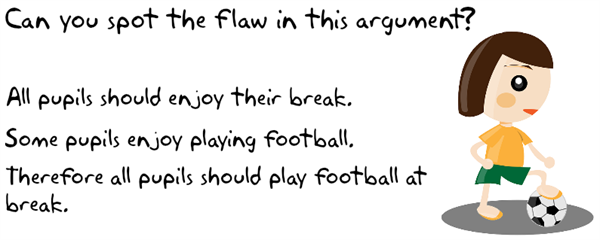
What is logic?
Logical reasoning helps us explain why something happens.
If you set up two computers in the same way, giving them the same instructions (the program) and the same input, you can pretty much guarantee the same output. This is because computers don’t make things up as they go along or work differently depending on how they feel – they are predictable. Because of this, we can use logical reasoning to work out exactly what a program or computer system will do.
Children quickly pick logic up for themselves. Watching others and experimenting for themselves, even very young children quickly develop a mental model of how technology works. A child learns that clicking a certain button brings up, for example, a list of different games to play, and that tapping a certain part of a screen produces a reliably predictable response.
At its heart, logical reasoning is about being able to explain why something is the way it is.
Why is logic important?
Deep inside a computer’s central processing unit , every action performed is reduced to logical operations based on electrical signals – everything a computer does is controlled by logic.
Software engineers use logical reasoning all the time. In developing new, effective code, they draw on mental models of the workings of computer hardware, operating systems and programming languages. They’ll also rely on logical reasoning when testing the new software, searching for mistakes (“bugs”) and fixing them (debugging).
What does logic look like in curriculum?
There are many ways that children draw on logical reasoning in their computing lessons and across the wider curriculum. In Language, pupils might use it to explain a character’s actions in a story so far, and to predict what the character will do next. In science, pupils should be able to explain how they’ve arrived at certain conclusions from the results of experiments. In history, pupils should understand how our knowledge is constructed from a variety of sources, and they should be able to discuss the logical connections between cause and effect. In design and technology, pupils need to reason what material is best suited to each part of a project. They’ll use logical reasoning to analyse philosophical arguments.

Pupils explain reasons for their choice of materials in design and technology projects.

In sessions on philosophy for children, pupils use logical reasoning to analyse arguments.
 When we started working on the project Computational Thinking at School, our plan was to study the following dimensions of Computational Thinking
When we started working on the project Computational Thinking at School, our plan was to study the following dimensions of Computational Thinking





